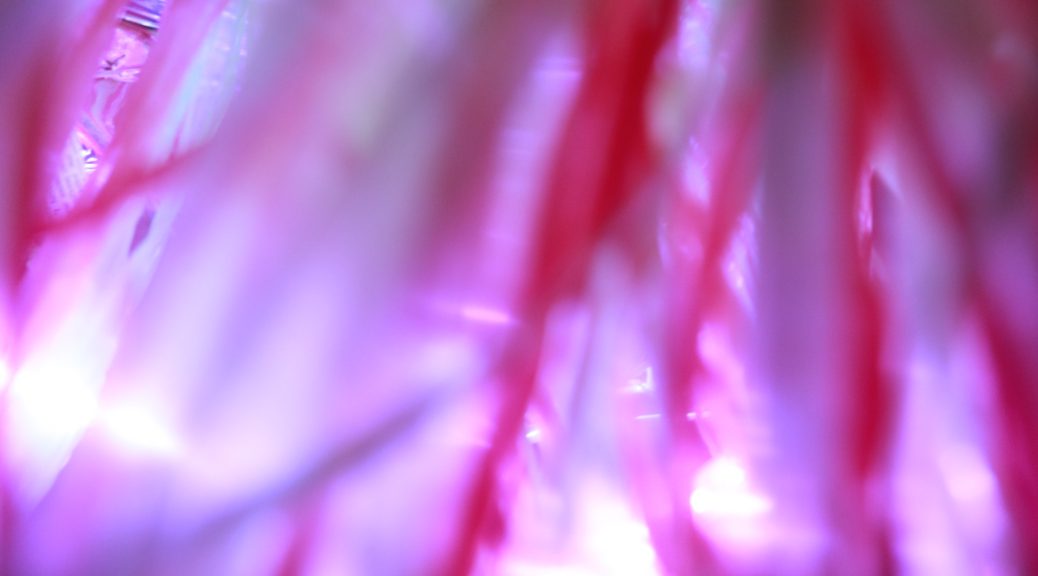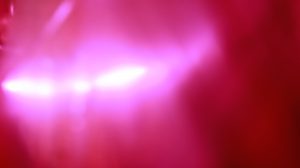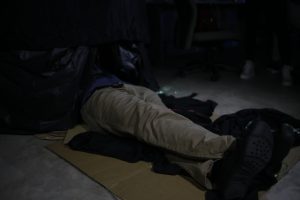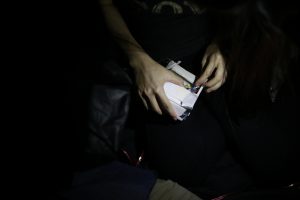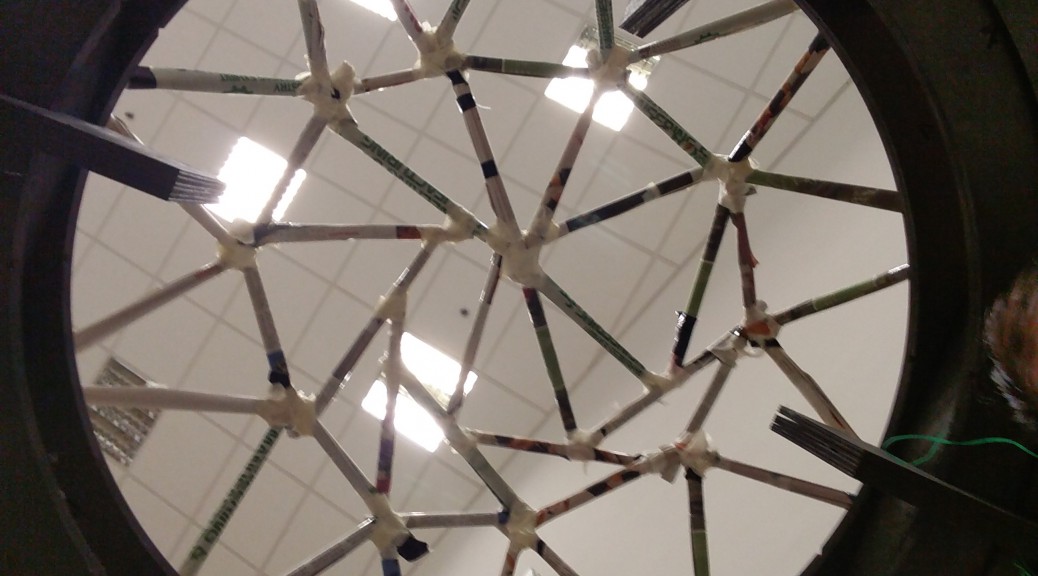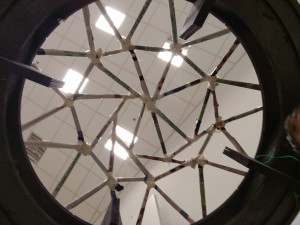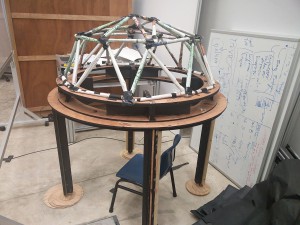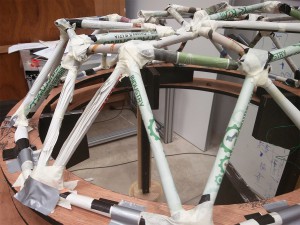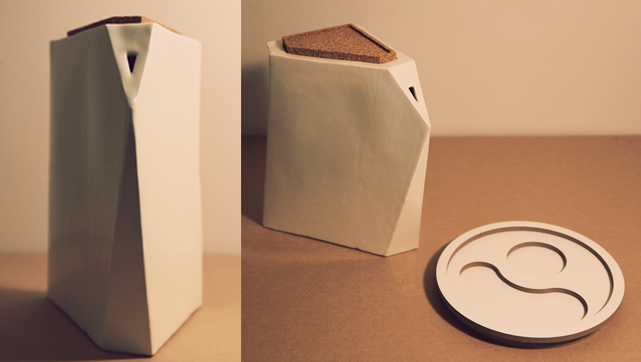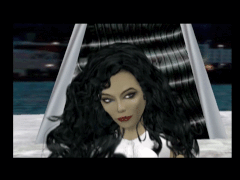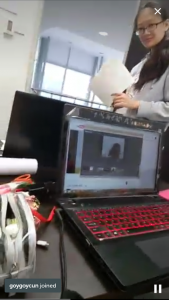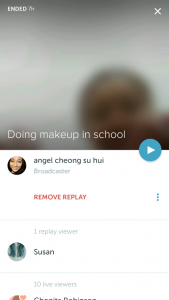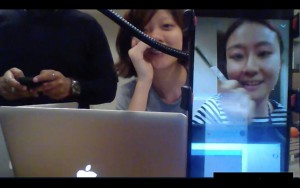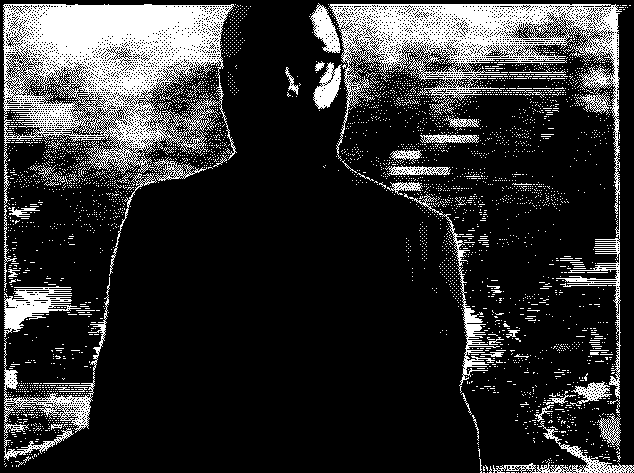Tag Archives: art
Final Sensorium
I really liked this project as it was one of the most ambitious one that I have embarked on.
I was initially really worried about the rafia strings because I needed alot. I went through around 15 rolls of it?
And I still feel that it could be even more overwhelming if I had done more. Started doing the rafia strings really early.
I really did enjoy how the strings caught the light and reflected it and created this space that was claustrophobic. That seemed smaller than it is because your eyes find it hard to focus on one thing because there was no depth. You could not see the other side of the dome.
This was my intended effect, to have so much rafia strings that it messes with your point of focus, that you can’t really focus on one particular thing. I would like to throw people off balance by using repetition.
I think what was good was that I got feedback from people, so you could experience the dome lying down or sitting down.
The 4 knobs, of tweaking the colours RBG plus changing the frequency really added more interactivity to the dome.
Some people did complain that they felt dizzy after trying it out.
I would of course prefer to have more lights and more rafia strings.
It will be great also if I could have an indoor pool with the rafia strings hanging from the ceiling and people would float and enjoy the light show. The lights could be changed by where the people are.
Analog sensorium concept and documentation
For the analog, I wanted to create a dome which you can put your head inside to experience a light show with this concept of play.
My inspiration came from Liminal Air -Descend-, Shinji Ohmaki(b.1971, Japan) which I have tried the installation for myself in 2015 in korea.
I wanted to create a space where people can be fully immersed and bought to another place.
I had to create a dome-like structure to create a space for a person to be in.
The initial design for the roof.
The following shows the skeleton of the dome.
This is the documentation of the experience of the dome in it’s analog stage.
Diminished reality concept and documentation
“Diminished reality is a term used to describe the control over one’s reality and the ability to block out real or digital information at will. The term was coined by wearable computing pioneer Steve Mann to describe a reality that can remove, at will, certain undesired aspects of regular reality.” –Cyborg Anthropology
When I was thinking of the site specific project that deals with changing the perspective of a person, I thought about how we can delete things from real life instead of adding to it.
I choose the idea of lockers because it would be weird if we live in a world without numbers. For my video, i just deleted a number off one of the lockers. The video was edited and motion tracked in after effects .
Here is the video:
The processing plant
One of the biggest question that I have for LPD is :
Where did he get the funding or how does he fund his projects?
I see that in his work, ” Inferno”, he deals with many robots and the work seems like a high budgeted performance, so naturally this idea of budget would come up.
Candice Ng
I was looking through Candice’s work and it was interesting to see how she makes use of technology to illustrate her concepts.
I will attempt to answer this question.
How does Candice Ng’s work contribute to the ongoing public discussions about identity, in the context of Singapore and South-East Asia?
I think Candice tries to question identity by amalgamating two very different elements together. One is a material which has a long history, ceramic and another, the RFID which had been discovered in 1935 . It was interesting to see how her work explores identity in this digital age. The fusion of the old and the new
Analog installation ideas
These are some of the reference artists whose work really interest me.
I love how they use everyday materials to distort and change the space.
Firstly, Grzymala used 5 km of black tape to change the space. It has this quality that makes me feel as if the tape is alive.
She is also pretty consistent with her work and I am really impressed by her other works.
These are some other works I looked into
I was thinking if I could use scotch tape or cling wrap. something that is transparent, so when I shine a light through it is able to capture the light. I’m really liking the idea of using everyday materials to create something different. 
Transforming into my avatar
In my final project, I sought to exist in the first space and the third space at the same time and interact with both the first and third space at the same time. I also encouraged the participation of both spaces in changing my appearances in real life.
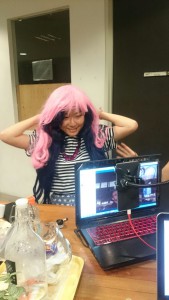
The work that really inspired me was Grand Theft avatar.
I was really amazed by how the third space encouraged creativity and pushing boundaries. At one time, people went a bit crazy and started to request that I wear two wigs instead of one and also to put black lipstick instead of the usual colors. They also felt that it was fun to choose difficult colors for me to try on my eye.
In addition, JenniCam also allowed me to think about what the internet was interested to see, which is why I decided to do make up in public. It was making something private public and also showing people the process and allowing participation.
Doing rehearsals on my own also did help shape a lot of what I wanted to do.
Initially, I wanted to do it in a room in school where the webcam and my phone will be facing me.
However, I realised that the work had the potential to be better.
“The artist studio has traditionally been a finite space, defined by its physical walls, flat file cabinets, table surfaces, portfolio cases, and print racks.”- Randall Packer (2015). “Collective Narrative“.
The third space could really allow me to push the boundaries of where I could do my performance. In addition, I could also explore how audiences can be included. The shift in power from the artist to the audience did make the work have more layers I felt. It was a constant conversation and reaction between me and the audience.
I did my work in the lounge but did not expect so many other people to join in even though it was a thursday night in school. It was also interesting to note that my audiences felt as if they were watching a show. Many of them were eating and drinking. It was quite interesting to note that they were very comfortable being part of the performance.
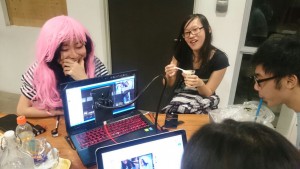
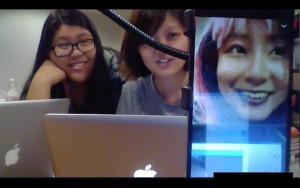
It is interesting that from what I observed, when people only see a small camera and a lap top, they are not so afraid of approaching the artist as they do not see where the footage goes to or could understand the totality of what was going on. Even if they see themselves on YouTube Live. They would only see that the audience is themselves. It sort of become a private public show which is perhaps how our social media has become.
Doing a live performance has also taught me how to do improvisation. Like for example when my phone internet was lagging, I decided to go to the other side of the webcam and it turned out to be one of the glitches that I really loved.
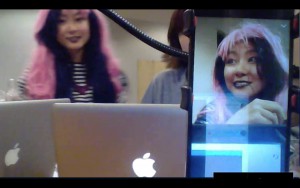
I don’t think I can ever replicate this but I was glad it happened.
Doing OSS has really helped me document the process and also track the maturity of my thinking. From not really knowing about the origin of the internet and its culture to now doing an art performance over the internet.
Research critique: BOLD3RRR… Realtime: Reflections and Render-times by Jon Cates (2012)
The purpose of this art piece was to show and explore what one can do by performing/streaming directly from the desktop. This work demonstrates the new possibilities of performances for the artists of the new media. The rise of the internet culture and technological advancements allowed for real-performances to happen. It was also great that the work was unedited and raw.
In 2012, when Jon Cates did the piece, it showed how video and time can come together to present a different type of work to audiences.
And till now I still feel that the below quotes is very true of the internet culture now.
“the media arts have not fully embraced this potentiality, despite the progressive nature of the field.” – Catlow, R., Garrett M., Packer R., “The NetArtizens Project,” (2015)
In the more mainstream internet, the idea of live performances/ broadcast is still a relatively new idea as Facebook only started to have a livestreaming function in Aug 2015. However, this function is only for celebrities, which is in contrast to BOLD3RRR which is a artist doing livestreaming raw, in front of his computer.

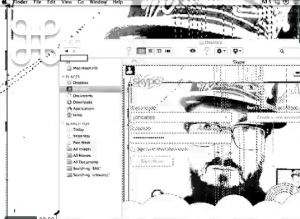
The availability to stream live from phones may pave a path in the future for more to do mobile live streaming that could perhaps show a more raw side to the video footages that we see on popular social media sites – or not.
This also raises the questions of “why is live streaming on the mainstream media for “celebrities” only?” , “Why is live streaming not democratised” and it also raises the ultimate question of, ” Does big players on the internet such as Facebook and Youtube sort of sets the rules of the internet?”
Ps. For me, so far videos like this is the best live streaming videos on YouTube
